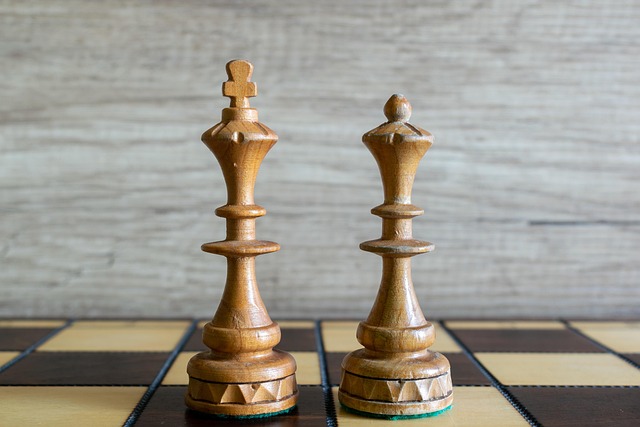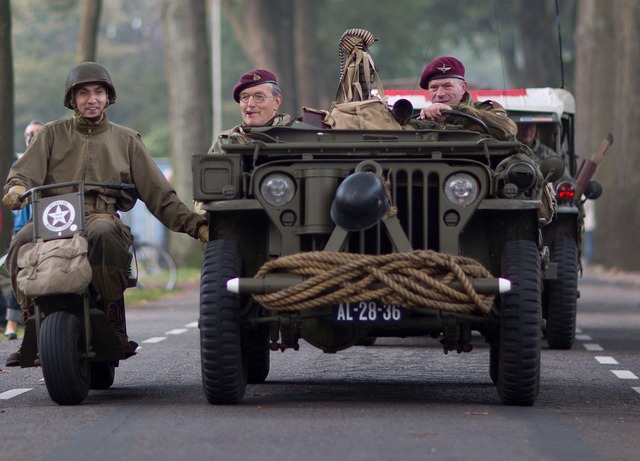In the high-octane world of eSports, where split-second decisions can turn the tide of battle, mastering team coordination becomes not just a skill but an art form. Strategy gamers know that triumph in this digital arena relies heavily on how well teams can synchronize their actions and communicate effectively. We delve into the dynamics of effective coordination to help you sharpen your competitive edge.
First, let’s explore the games that have defined the eSports landscape. Titles like League of Legends, Dota 2, and Counter-Strike: Global Offensive showcase the importance of teamwork. Victory isn’t solely about individual prowess; it requires a group of gamers coming together to form a cohesive unit. Imagine your team executing a perfect five-man gank in League or pulling off a strategic smoke play in CS:GO. These moments hinge on flawless team coordination.
Effective communication is the backbone of successful eSports teams. When players are communicating their ideas, strategies, and actions in real-time, the chances of achieving the objective skyrocket. Utilize tools like Discord or in-game voice chat to ensure every teammate is on the same page. Designate shot callers—those brave few who take the initiative to guide the team’s actions during the heat of battle. Their clarity and decisiveness can prevent confusion and missteps that often lead to defeat.
Another crucial aspect of team coordination lies in understanding each player’s strengths and weaknesses. Just as a military unit wouldn’t send a soldier into battle without assigning them a role suited to their skills, eSports teams must map out each player’s abilities. Maybe you have a sharpshooter who excels at landing headshots or a tactical mind that thrives on developing strategies. By deploying players in roles that complement their skills, teams can optimize their performance and create a harmonious understanding during matches.
Regular practice scrims serve as the training ground for honing team coordination. It’s here that trust is built, strategies are tested, and chemistry is developed. Focused sessions enable teams to experiment with various tactics, reinforcing the importance of adaptability. During scrims, experiment with different hero combinations or team compositions and evaluate what works best. This trial-and-error process not only fosters creativity but also prepares teams for the unpredictable nature of real competitions.
Additionally, reviewing gameplay footage is an essential component of improving team coordination. After matches, gather your team and analyze replays to dissect what went right and what went wrong. Look for patterns, identify miscommunications, and celebrate successful coordination. This practice will help solidify learned lessons while also keeping every team member accountable and engaged in the improvement process.
In the exhilarating realm of gaming and eSports, the blending of strategy and teamwork creates unforgettable experiences. Whether you’re positioning yourself to make the perfect play or working in unison to secure an objective, mastering team coordination enriches the competition and enhances the thrill of victory. By fostering communication, recognizing roles, practicing together, and learning from past performances, you can cultivate a team that operates like a well-oiled machine. In this ever-evolving landscape of strategy games, unity—and not just individual skill—will pave the path to greatness.




